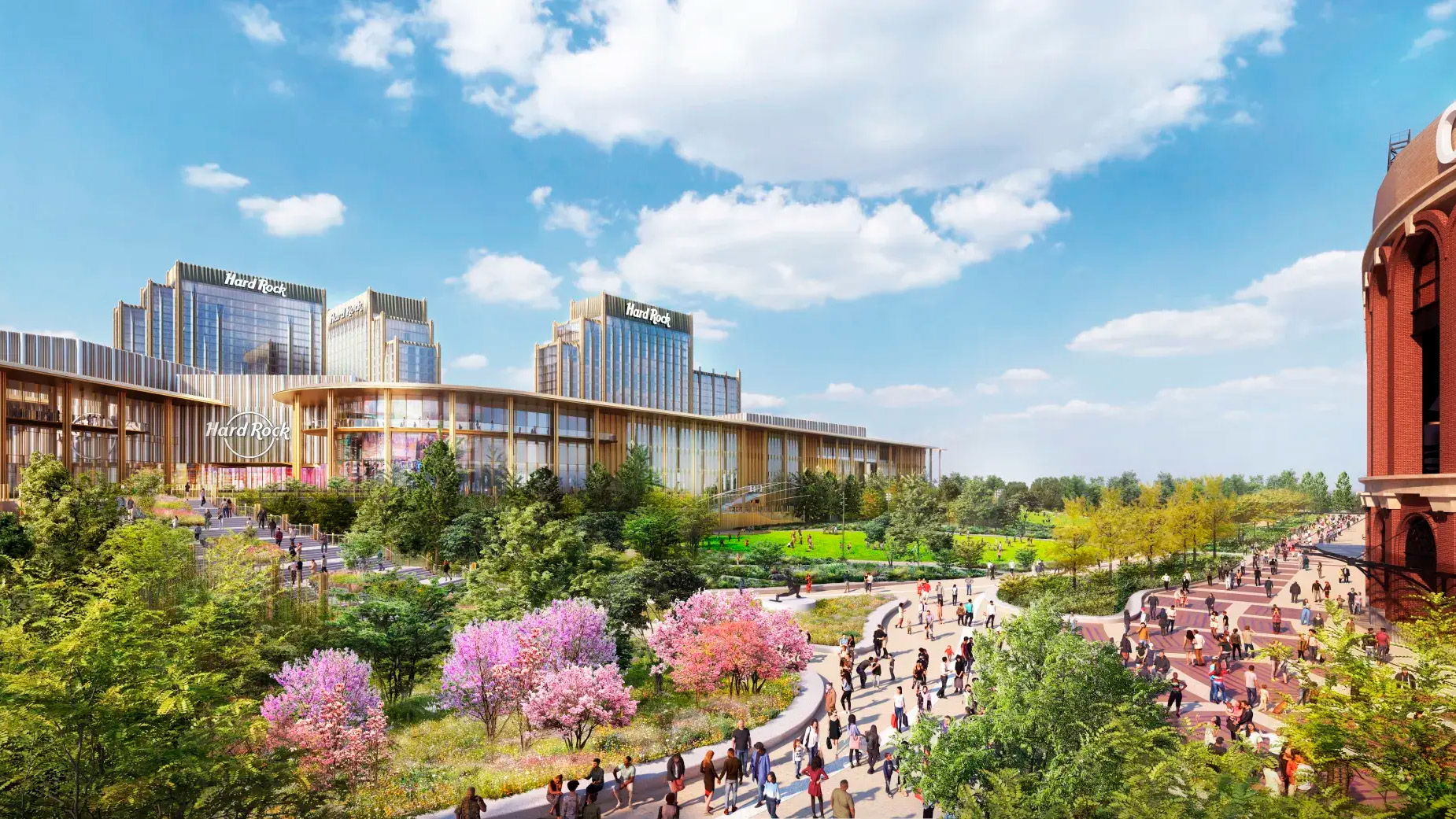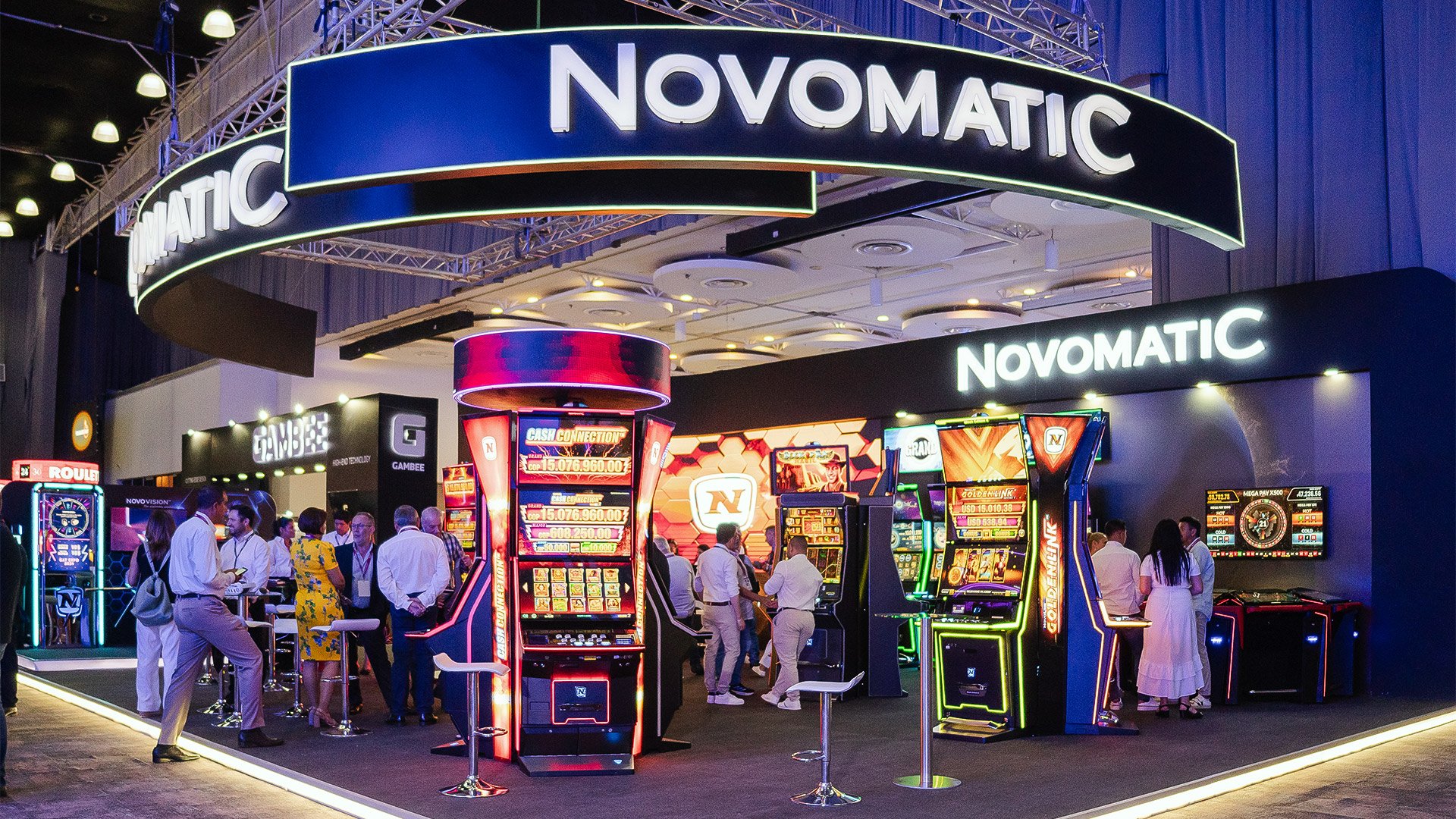Peru: 85% of the casinos and slots that operate in the country are already legal

Nowadays there are 440 games authorized at a national level and 230 in process, versus the 900 informal venues that operated in 2006, pointed the general manager of Sonaja, Cristina Sierralta. “Most of the venues have started to legalize and those that had no alternative had closed. In the past, 80 % worked in an informal way, now the situation is very different,” he said.
This formalization has also allowed that the annual tax income that the state received increased four times, because last year, the collection increased us$ 56,591,023. In 2006, the state just collected us$ 14,979,977 in tax payment to the income of 12 % on the income of casinos and slots.
This year, in the January-May period, the collection has been us$ 20,639,079 and expects to be slightly less than last year due to the economic crisis and AH1N1 flu has generated a certain contraction in the affluence of public to casinos.
“In the summer season and Christmas incomes always decrease, and the June to October period is the one of more affluence of public,” affirmed Sierralta. However, he said that investments in the sector have not stopped, because many businessmen have made expansions and improvements in infraestructure.
He commented that most of the investments in the sector are Peruvian groups, followed by US, Austrian, Russian and South African companies. Even some Peruvian investments are investing abroad, for example, in Chile, Argentina and Spain, he added.
He also indicated that more women started assisting to games of chance venues, because they become a kind of clubs where they find entertainment and security.
Finally, he commented that there is not an average expenditure, because it differs depending on the zone where the gambling hall is located, and if it is a casino or a slot hall.

















